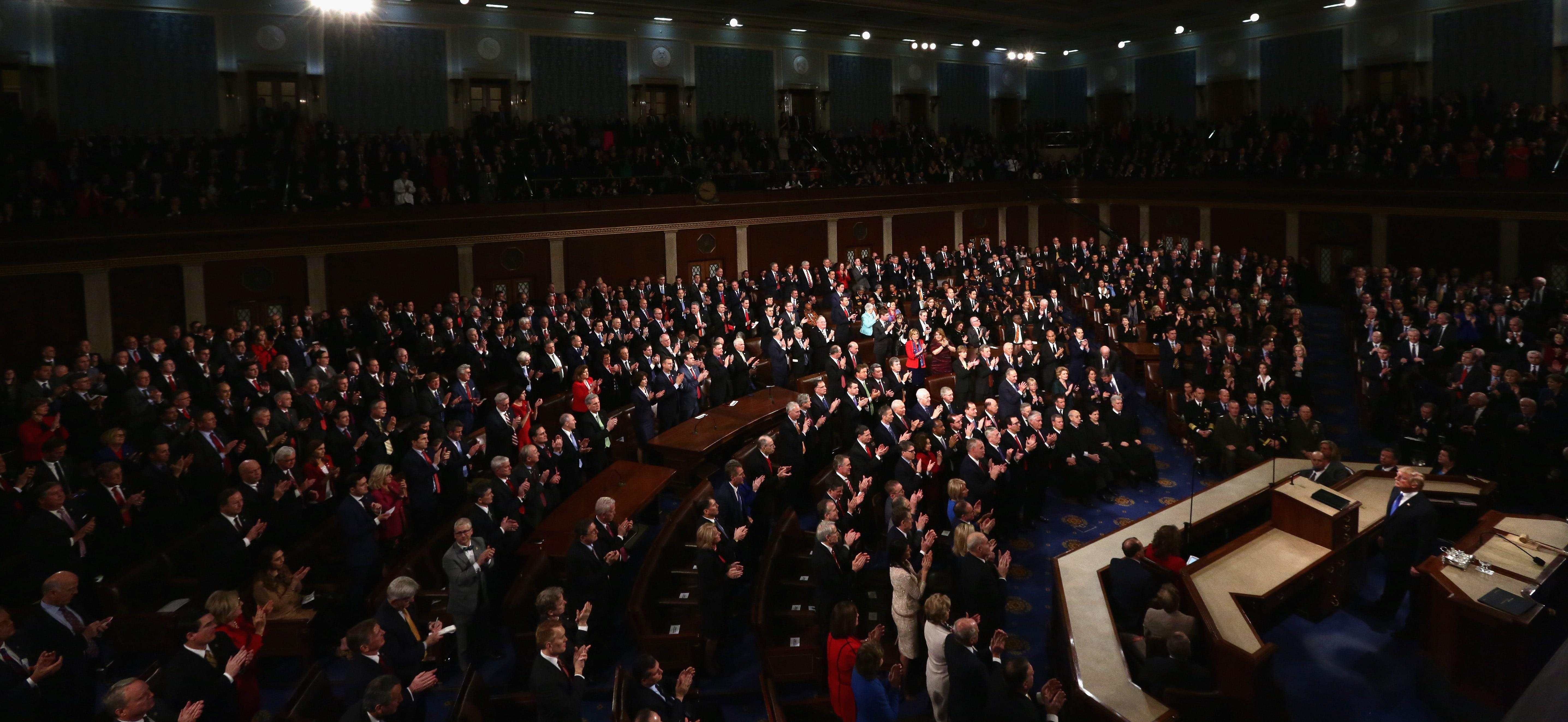
October 29, 2018
Midterm Elections: Implications for Defense Spending
With the U.S. mid-term elections coming up on November 6, it’s a good time to consider how possible changes in Congress’s composition may impact the Department of Defense. As of October 25, FiveThirtyEight gives the Republicans a 83 percent chance of retaining control in the Senate and the Democrats an 84 percent chance of taking control of the House. If these forecasting models are correct, defense spending is likely to decrease, though by how much is uncertain. At the same time, leadership changes are likely to result in a Congress that is less directive on matters of DoD organization and defense strategy, but that will likely challenge the Trump administration on key aspects of its defense policy.
With the passing of Senator John McCain, Senator Jim Inhofe has assumed chairmanship of the Senate Armed Services Committee (SASC) and will retain the post if the Republicans retain the majority in the Senate. As SASC chairman, Senator McCain drove an incredibly active period of congressionally mandated change in the Department of Defense. Under his leadership, National Defense Authorization Acts since 2016 have reorganized the defense acquisition and management enterprises, made significant changes to the roles and content of major defense strategy documents, and consistently advocated for delivering large defense budgets, on time. Senator Inhofe’s chairmanship will sustain the SASC’s commitment to large and timely defense budgets. As a 23-year member of the committee and a former ranking member, Chairman Inhofe is likely to provide experienced, steady leadership. However, he has not to date indicated ambition to radically alter the Defense Department or engage the administration on questions of strategy as robustly as Senator McCain did.
If the Democrats win control of the House, chairmanship of the House Armed Services Committee (HASC) will likely pass from current Chairman Mac Thornberry to the committee’s current ranking member, Representative Adam Smith. Under Representative Smith’s leadership, the Trump Pentagon can expect increased opposition from the HASC on several key policy issues, as evidenced by his actions and statements as ranking member. For example, he has co-sponsored a war powers resolution to end U.S. involvement in the war in Yemen, co-sponsored a bill that would ban the development of low-yield nuclear weapons, and indicated that defense spending should decrease.
Congress has increased national defense discretionary spending by $82 billion since 2017, culminating in a topline of $716 billion for fiscal year 2019. Moreover, Congress delivered the 2019 defense appropriation on time for the first time since 2009. Put very simply, compromise between Democratic defenders of domestic spending and Republican defense hawks made these outcomes possible, over the objections of Republican deficit hawks who sought to suppress spending across the board.
This coalition of mostly Democratic domestic spenders and mostly Republican defense hawks is fragile. Congress must make another budget deal covering fiscal years 2020 and 2021 to avoid a return to the 2011 Budget Control Act’s caps on defense discretionary spending. Doing so will be made more difficult if the outcome of the mid-term elections is as expected. Republicans will face increased pressure to band together to counter a Democratic majority in the House, likely precluding another compromise between defense hawks and proponents of increased domestic spending. In this case, a divided Congress could result in years of gridlock, and most relevant for DoD, a return to the budget instability that plagued the department for most of the Obama administration. Unstable and unpredictable toplines and late appropriations disrupt training and maintenance schedules, complicate acquisition programs, and make it extremely difficult for the department to plan.
If the mid-term elections turn out contrary to what FiveThirtyEight’s model suggests and Republicans retain control over both houses, it is possible that the coalition that enabled the current budget deal will hold, enabling a new budget deal at similar levels of around $700 billion for fiscal years 2020 and 2021. If Democrats take control of both the House and the Senate, current SASC ranking member Senator Jack Reed could assume chairmanship of the committee. Senator Reed is also a long-time committee member who is likely to provide steady leadership as chairman. While Senator Reed has not publicly stated that defense spending should decrease, he has strongly denounced the Trump administration’s attempts to reduce domestic spending.
President Trump recently announced that his national defense spending request for 2020 will likely take a bit of a haircut from the 2019 level – $700 billion for fiscal year 2020, down from $716 billion for fiscal year 2019. Deputy Secretary of Defense Patrick Shanahan confirmed that DoD is now planning towards this $700 billion target. Taken with the implications of the possible mid-term electoral outcomes discussed above, the evidence leads to the conclusion that defense spending will decrease; the only question is by how much.
